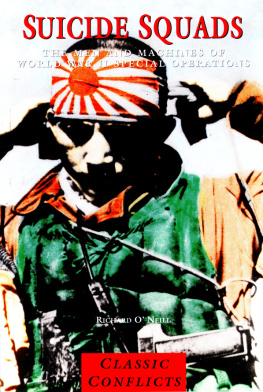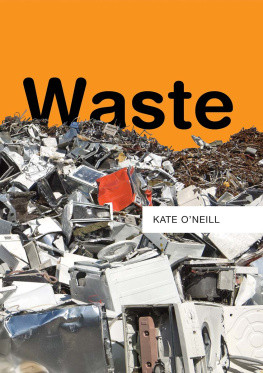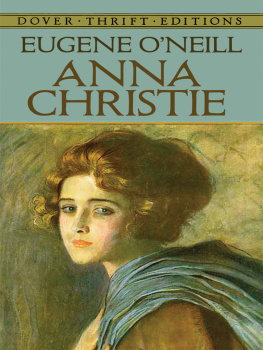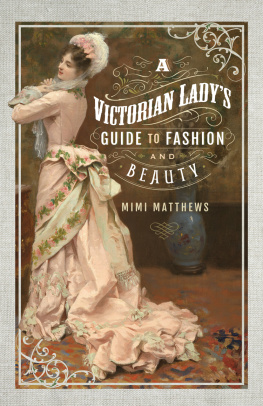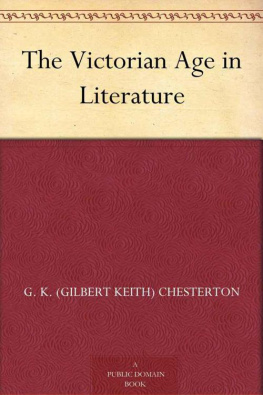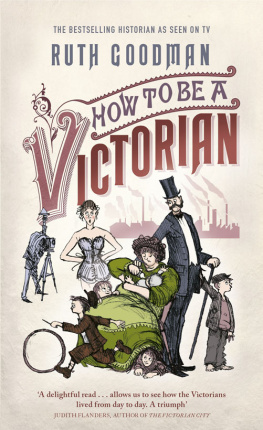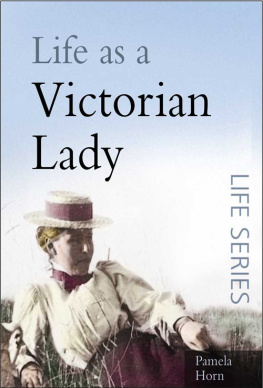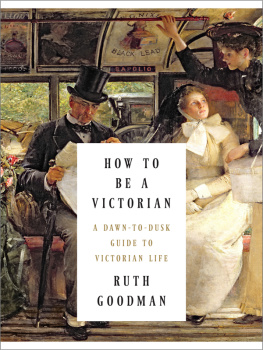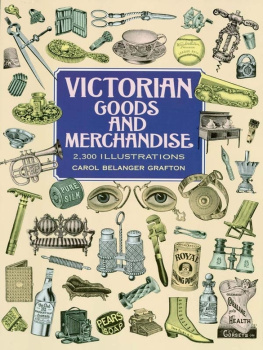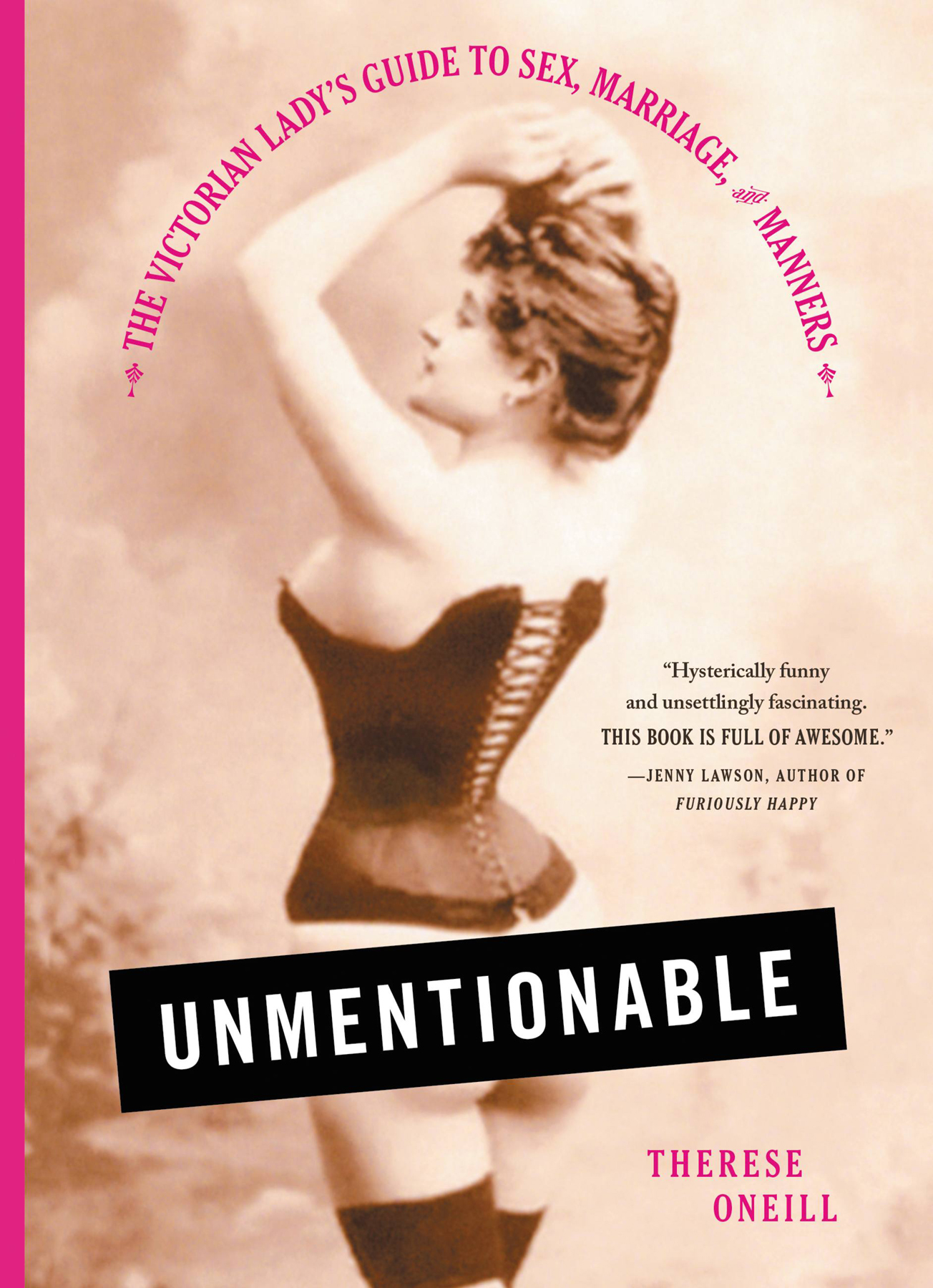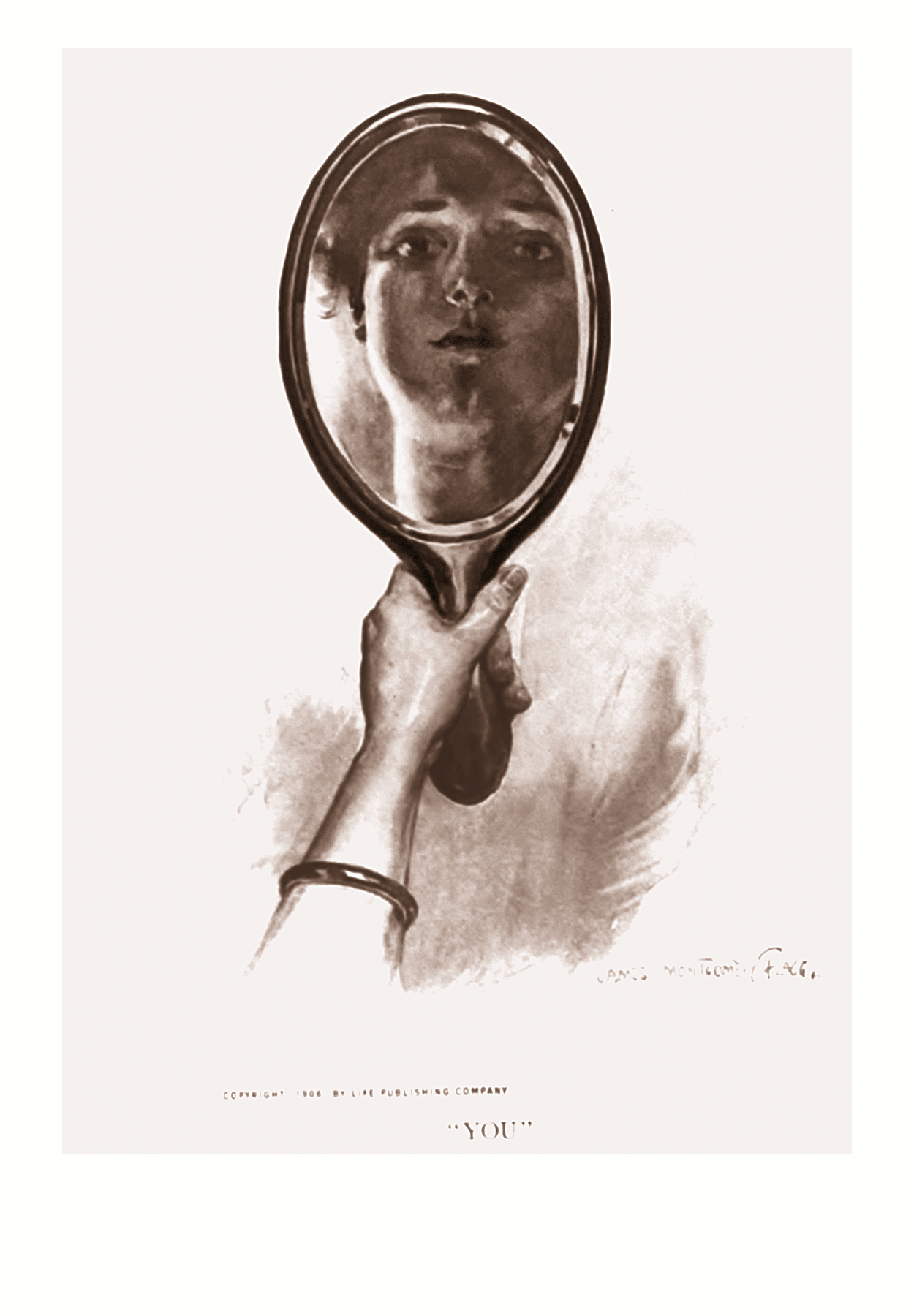Copyright 2016 by Therese Oneill
Cover design by Lauren Harms
Author photograph by Tina Heinrich
Cover copyright 2016 by Hachette Book Group, Inc.
Hachette Book Group supports the right to free expression and the value of copyright. The purpose of copyright is to encourage writers and artists to produce the creative works that enrich our culture.
The scanning, uploading, and distribution of this book without permission is a theft of the authors intellectual property. If you would like permission to use material from the book (other than for review purposes), please contact permissions@hbgusa.com. Thank you for your support of the authors rights.
Little, Brown and Company
Hachette Book Group
1290 Avenue of the Americas, New York, NY 10104
littlebrown.com
twitter.com/littlebrown
facebook.com/littlebrownandcompany
First ebook edition: October 2016
Little, Brown and Company is a division of Hachette Book Group, Inc. The Little, Brown name and logo are trademarks of Hachette Book Group, Inc.
The Hachette Speakers Bureau provides a wide range of authors for speaking events. To find out more, go to hachettespeakersbureau.com or call (866) 376-6591.
The publisher is not responsible for websites (or their content) that are not owned by the publisher.
Images , published April 1896, is by Edward Penfield. All other images are in the public domain. Special thanks to the Library of Congress, Wikimedia Commons, the Boston Public Library, the British Library, the Museum of Menstruation and Womens Health, and the Wellcome Collection.
ISBN 978-0-316-35804-0
E3-20180807-JV-PC
To Mrs. Diane Prichard.
Because in seventh grade I said I would dedicate my first one to you.
And I think you believed me.
T hank you for coming. Please, wont you sit with me a moment, my friend?
I hope youll forgive my familiarity, but I do insist on a certain amount of comfort and openness with my traveling companions. A journey of this sort is an intimate affair.
Youve come to see me because you have heard of what I can do. Where I can take you.
You are a devoted fan of simpler times, I suspect? You cant resist any film where the heroine wears petticoats, lets her long, beautiful locks fly away from their tight bun in dramatic moments, and calls her father Pa-PA! when defying his choice of husband for her.
You think you know the nineteenth century well, as a place of chivalry and honor, gilded beauty and jolly servants. Youve been there before, many times, but only as a guest, an observer. Dark-eyed Heathcliff has obsessed over your windblown soul in a universe where no one ever has to poop. Youve been to the brightly lit ballrooms swirling with sumptuous silk dresses; youve watched clean-shaven young men contain their smoldering passions and ladies parry their advances with clever repartee.
And you have reason to believe I can draw back the veil of time even further? Well, my darling, you are right. I can take you there. I can make the past so real it will bring tears to your eyes.
But I cannot promise theyll be happy tears. A lady cries for lots of reasons. Frustration. Disappointment. The biting stench of the slaughterhouse when the wind shifts.
Most of the things you love about the nineteenth century arent real, child. Theyre the curations of gracious hosts who tidy up the era whenever you visit through art, books, or film. You see only the world they want you to see.
But, if you take up your own residency, as I propose we do, the truth cannot be hidden for long.
And the truth, dear, is even better.
Come with me and we will vanquish myth. Ill be your tour guide to the real nineteenth century.
I will tell you what you must know to survive. Ill teach you about toilets, or rather the desperate lack of them, and more important what youre going to do about it. Ill show you how to bind and cloak your wobbly bits enough not to be arrested for solicitation, and how to conduct yourself in society so as not to be sent to the ice baths of an insane asylum. And I worry that the modern world has allowed you to forget how to properly interact with the opposite sex. Since relating with men is going to be about the most significant part of your life here (whether you like it or not), Id like to give you a refresher course.
Because if you tour this world as your twenty-first-century self, you will suffer. If you dress comfortably, talk freely, and spend your accustomed five to twenty minutes on your personal appearance every day, youll be what we in the nineteenth century call a slattern. A lazy, boorish, miserable waste of womanhood.
And we dont want that, do we?
Oh, you could try to imitate what you remember from books and movies, taking your cues from Miss Scarlett or Miss Bennet. But they merely showed you the guest room of their world, a world where a man needed only to gaze in a womans eyes to have his heart snared for life, and no one ever had heavy-flow days. Imitating them wont help you find where the housemaids keep the nineteenth-century version of Super Flow tampons. They wont be next to the toilet, dear, because now you dangle your bottom over an open pit, or pot, to do your business. And for that matter, pads will be tricky, too, because for some reason all your underwear is crotchless. Youve watched every version of Jane Eyre ever made and there was never a single scene explaining that to you.
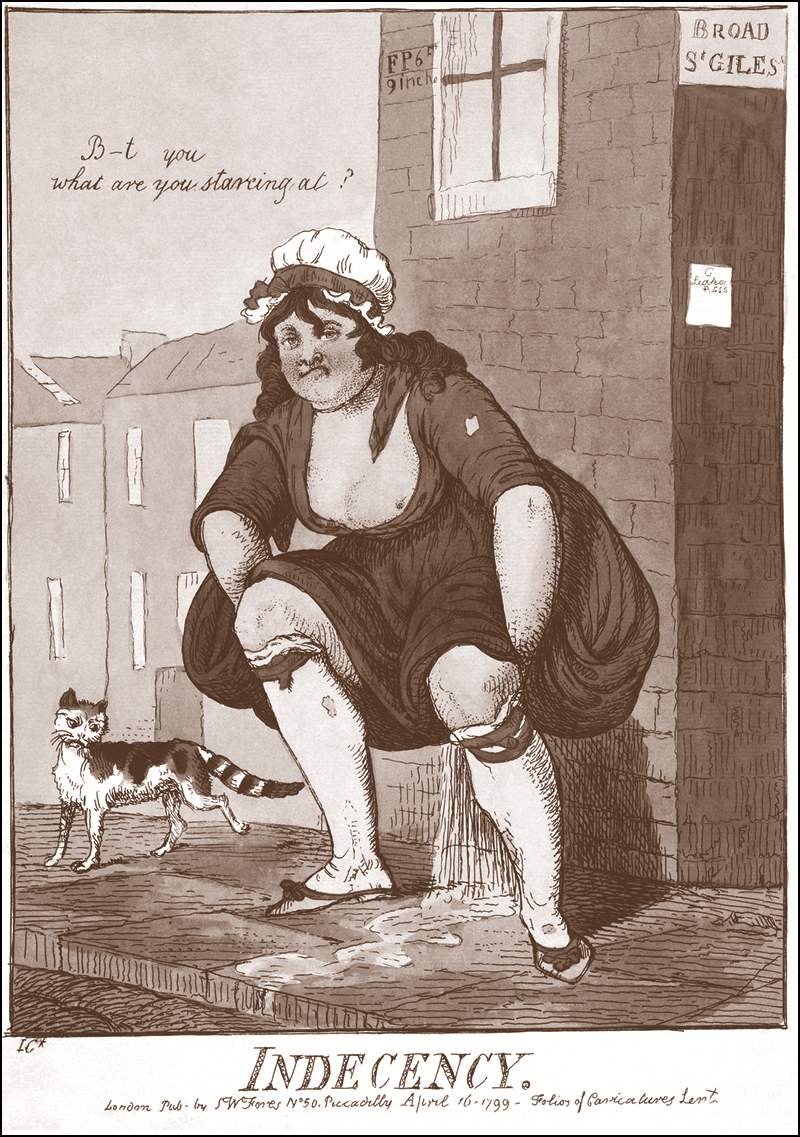
What are you staring at?
But I will.
Of course you must be amenable to some simple rules of travel.
Rule number one: I am capricious and omnipotent.
That fairly well covers it, actually.
I will be transporting you geographically, temporally, and through stages of life and levels of society without continuity or warning. That way we can absorb as many of the fun, important bits as possible.
You will arrive in the nineteenth century in the guise of a young woman of some wealth, European descent, and living in either America or Western Europe. This is not remotely reflective of the experience of most women during this period. Poverty, war, and abuse stalked the earth, and women got the worst of it. In fantasies of olden times, we all tend to picture ourselves as the heroine, conducting our drama draped in a silk shawl and hand-embroidered linen nightgown. In reality, its much more likely youd have been born either the slave who picked the linens flax, the Native American displaced to plant it, or the near-blind, starving seamstress who sewed the finery by the light of a dying candle.
Although this journey will mainly stay within the boundaries of the later Victorian era, I will occasionally include information and images that come from before or after Her Majestys reign, 1837 to 1901, the better to broaden your experience. Or just because it pleases me.


